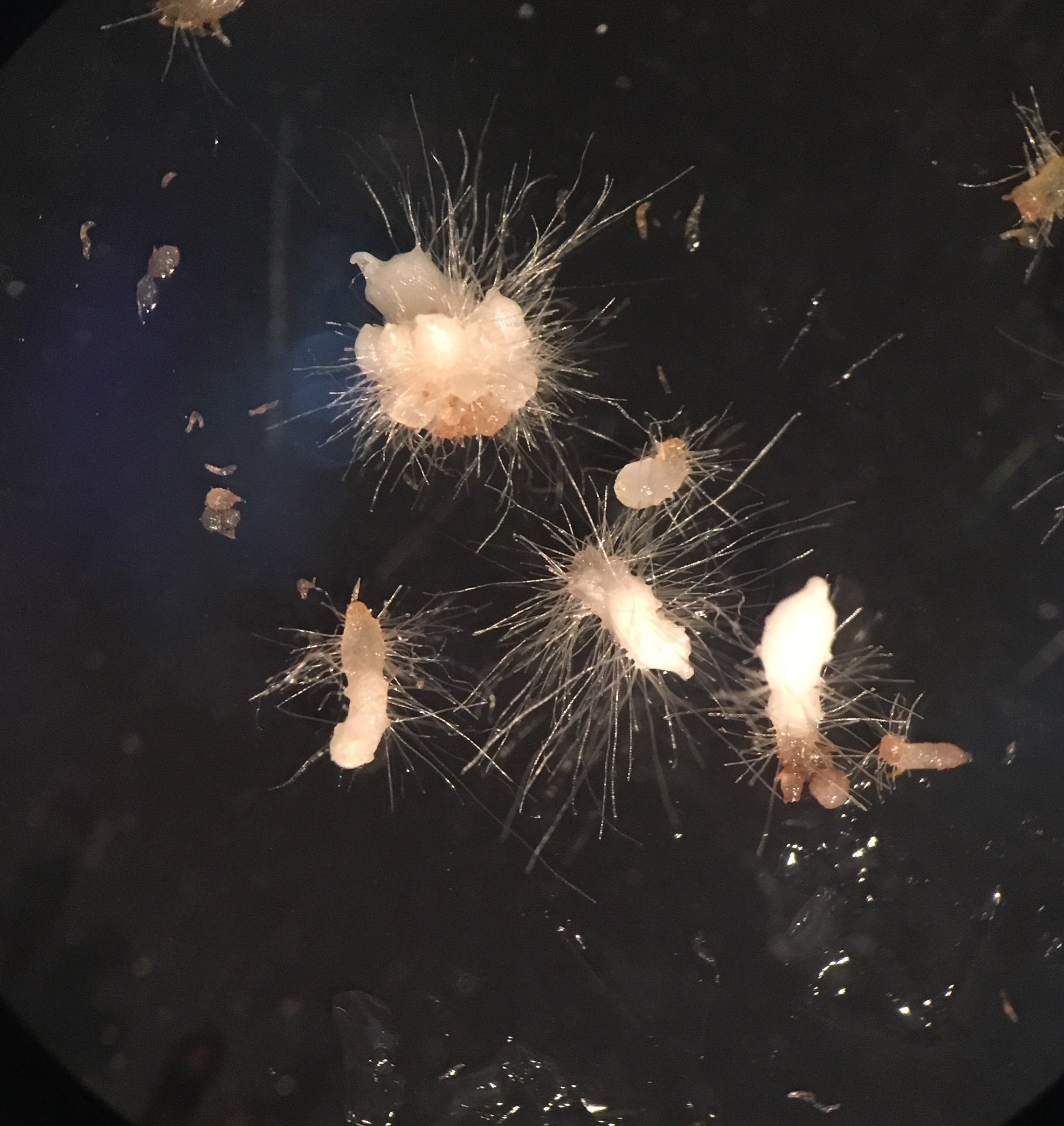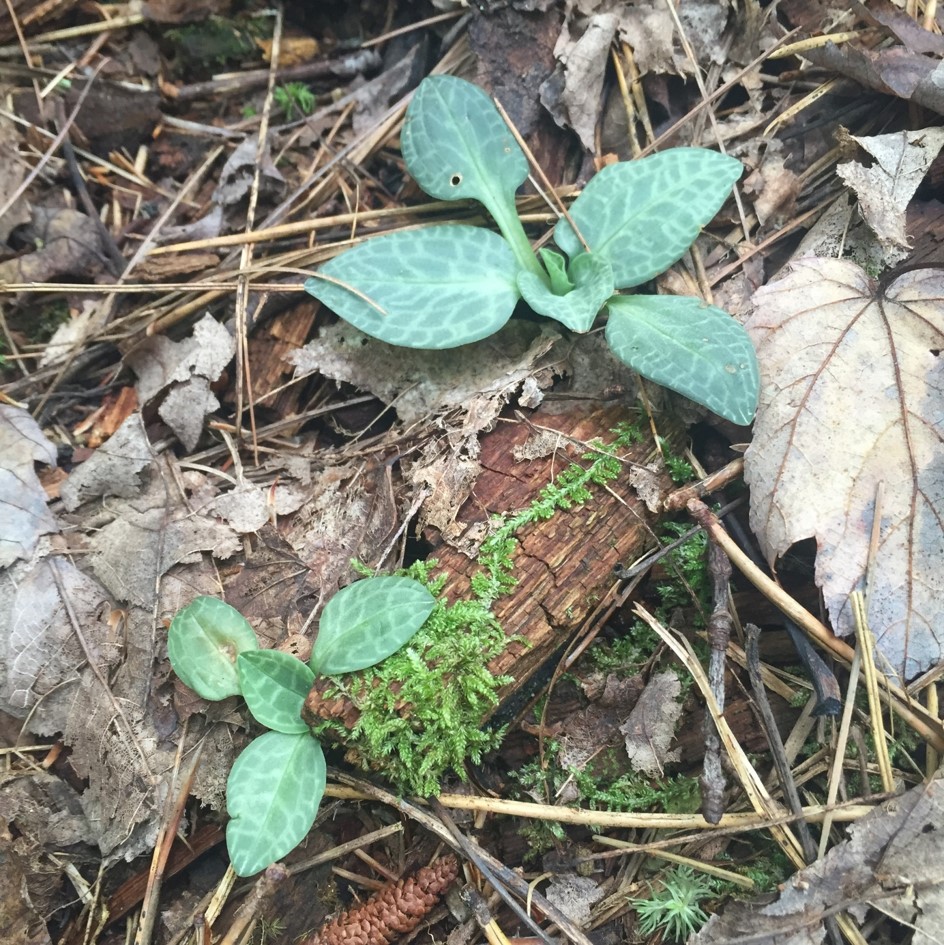The Orchid Conservation Program at Longwood Gardens
By Peter J. Zale, Ph.D.

When founder Pierre S. du Pont purchased the property where he would create Longwood Gardens, he did so to conserve a historic collection of trees and old growth forest remnants, solidifying conservation as part of the legacy of the gardens. Not long after, he began construction of the conservatory complex, a first step towards one of his primary goals of developing a world class collection of orchids. Several plants from his original collection remain today, and the collection has expanded considerably to become a “Core Collection” – a collection of the highest importance to the institution for its ties the founder’s legacy, display initiatives, and conservation value. Both conservation and orchids have been rooted in Longwood Gardens since the beginning, and when the idea to begin a formal plant conservation program was initiated in 2015, it was decided that native orchids would be a logical and strategic choice on which to build the program. The focus on native orchids not only provides a way to expand the current collection in a novel way and display orchids in the outdoor gardens, it’s also an avenue for expanding the scope of the plant exploration program, designing and conducting original, applied horticultural research, and forming new partnerships with various agencies interested in restoring native orchid populations in Pennsylvania and the mid-Atlantic.
Since the program’s inception it has expanded to include not only regional native orchids, but also species from across the U.S. and temperate terrestrial orchids from around the world. The goals of the program are 1) to stem the loss of local, regional, and global orchid diversity, 2) build orchid collections with high conservation value, 3) disseminate research and germplasm for collections development, and restoration purposes, and 4) dispel horticultural myths surrounding some species. We use a multi-faceted, research-based approach that involves seed collection, fungal bank development, seed germination, in vitro seedling development, greenhouse acclimatization, collections development, and restoration. To accomplish this work, developing partnerships with state government agencies and conservation-minded organizations has been paramount. Species included in the program are chosen by Longwood staff to meet various needs, but also in conjunction with numerous partners that have expressed concern about the status of certain species across the region that may need future restoration efforts or could benefit from ex situ collections development.
The first taxon in our program was the large yellow lady’s slipper (Cypripedium parviflorum var. pubescens). This flagship species has become locally rare in Chester County due to habitat loss, a booming white-tail deer population, and pollinator limitation. At the beginning of the project, only a single, small population was still known in the county. Despite its wide natural distribution and availability in the commercial horticulture industry, propagation protocols still required work and local genotypes (plants adapted to this specific habitat) were not available. Using hand pollination and subsequent embryo culture, we have been able to successfully propagate this species in large numbers that are being used for collections development and restoration of the small source population. Plus, the resulting propagation protocol has been proven successful for other Cypripedium species. Expanding beyond yellow lady’s slipper, other genera of native orchids have been included in the program: Arethusa, additional Cypripedium, Goodyera, Platanthera, Spiranthes, and many others.
One of the early successes of the program is checkered rattlesnake plantain (Goodyera tesselata), a state endangered species that reaches the southern limit of its distribution in Pennsylvania. Working with the Pennsylvania Department of Conservation and Natural Resources (DCNR), we collected seeds of this species in 2016 and devised a set of asymbiotic (that is, without its associated mycorrhizal fungi) germination experiments to learn more about its propagation requirements. There is conflicting information on the propagation of Goodyera, and it has been suggested that it is difficult to propagate. Our experiments resulted in a high rate of germination that yielded hundreds of seedlings that were successfully grown in vitro and acclimatized to greenhouse conditions. In October 2018, 78 seedlings were transplanted along two transects into the preserve where they were originally collected. The restoration experiment was done in conjunction with partners from the Pennsylvania DCNR, Pennsylvania Natural Heritage Program, and Mount Cuba Center. Data from this study will help determine the best practices for re-introducing orchids to the wild and the information will directly influence and inform similar future studies with other species of native orchids.
While still a young program, Longwood Garden’s conservation work has made great strides in saving orchids. Building on horticultural strength and partnership development, the program promises to extend this success to even more species both domestically and internationally to help protect threatened orchids.


